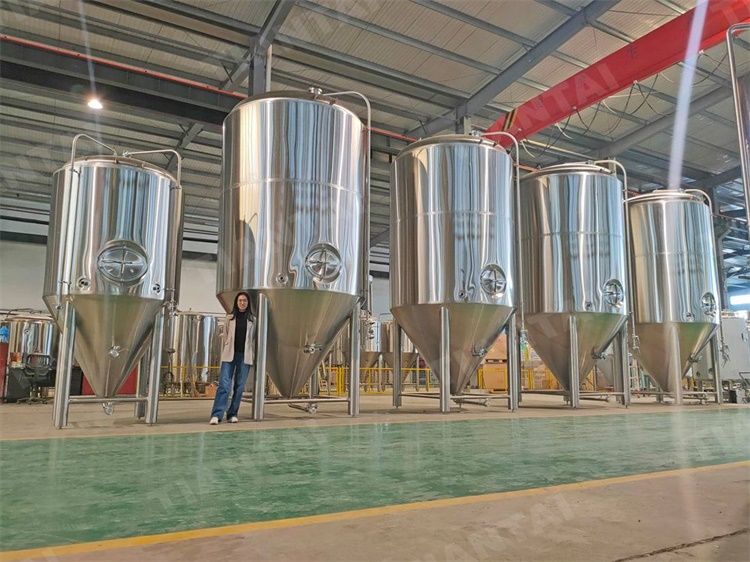Sorghum is a versatile and widely cultivated cereal grain used for various purposes, including brewing. The brewing technology of sorghum involves several key steps, and the process can vary depending on whether you're making traditional sorghum beer or attempting to incorporate sorghum into modern craft beer production. Here's an overview of the brewing technology using sorghum as the raw material:
.jpg)
Malting:
The first step in the brewing process is malting, where sorghum grains are soaked in water and allowed to germinate. During germination, enzymes are activated, which convert starches in the sorghum into fermentable sugars. The germinated sorghum is then dried to stop the germination process.
Milling:
The dried and malted sorghum is milled into a coarse powder, which exposes the starchy interior of the grain, making it accessible during the mashing process.
Mashing:
In this step, the milled sorghum is mixed with hot water in a process called mashing. The heat activates the enzymes present in the malted sorghum, converting the starches into sugars, mainly maltose. The result is a sweet liquid called "wort."
Filtering:
After mashing, the liquid wort is separated from the solid grain material. This process is known as filtering or lautering. The collected wort contains the sugars and other soluble compounds needed for fermentation.
Boiling:
The wort is then transferred to a kettle and boiled. During this stage, hops or other flavoring agents can be added to the wort to impart bitterness and aroma to the final product. The boiling process also sterilizes the wort and concentrates the flavors.
Cooling:
After boiling, the hot wort needs to be rapidly cooled to the appropriate fermentation temperature. This can be achieved using a heat exchanger or other cooling methods.
Fermentation:
The cooled wort is transferred to a fermentation vessel, and yeast is added. Yeast consumes the sugars in the wort and produces alcohol and carbon dioxide as byproducts. The fermentation process typically takes several days to complete.
Conditioning and Maturation:
Once fermentation is complete, the young beer is conditioned and matured to allow flavors to develop and unwanted byproducts to dissipate. This step helps improve the overall quality and taste of the beer.
Filtration and Packaging:
The conditioned beer is then filtered to remove any remaining yeast or sediment, resulting in a clear liquid. Finally, the beer is packaged in bottles, cans, or kegs for distribution and consumption.
It's important to note that sorghum brewing might differ from traditional barley-based brewing. For example, sorghum lacks gluten, which is responsible for the characteristic texture and mouthfeel in traditional beer. As a result, sorghum beer might have a lighter body and different sensory qualities.
The brewing technology of sorghum is crucial for regions where barley and other grains are not easily accessible or where there is a preference for using traditional, locally available ingredients. It also provides a gluten-free option for those with celiac disease or gluten sensitivities.
Thank you very much for your reading.
Contact person:Helen Lee
Contact email:[email protected]


.jpg)



Get In Touch